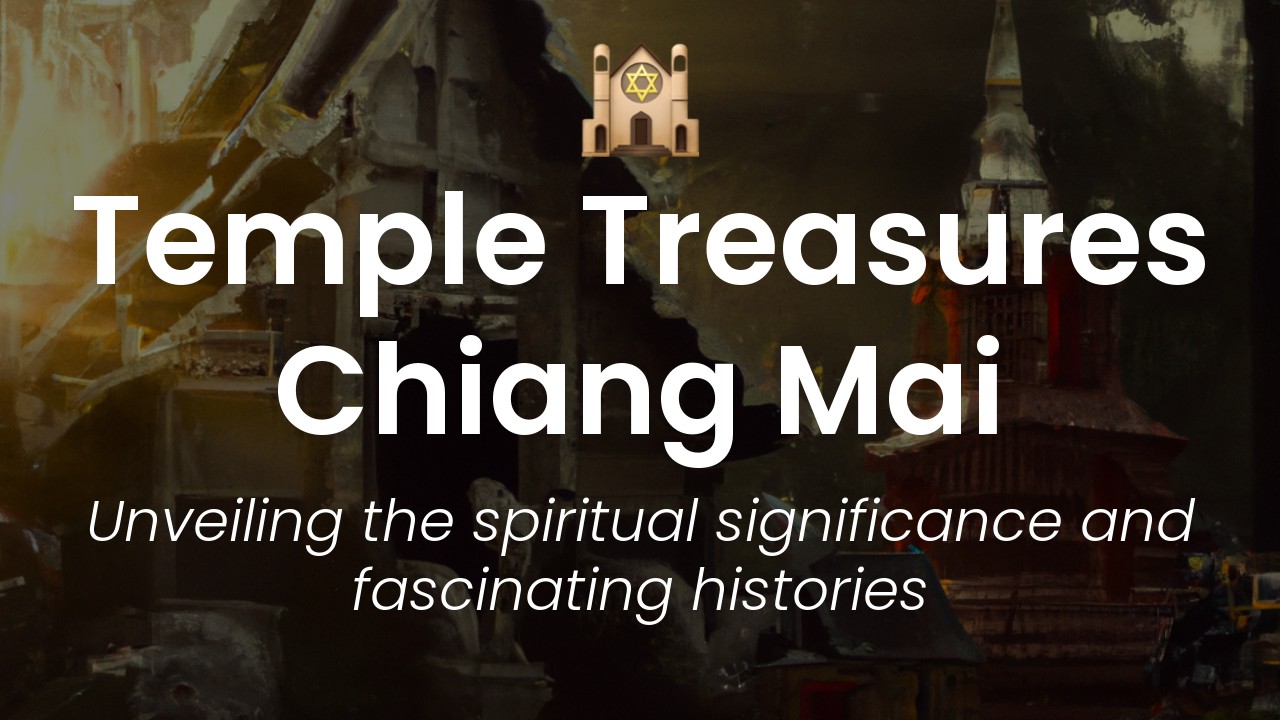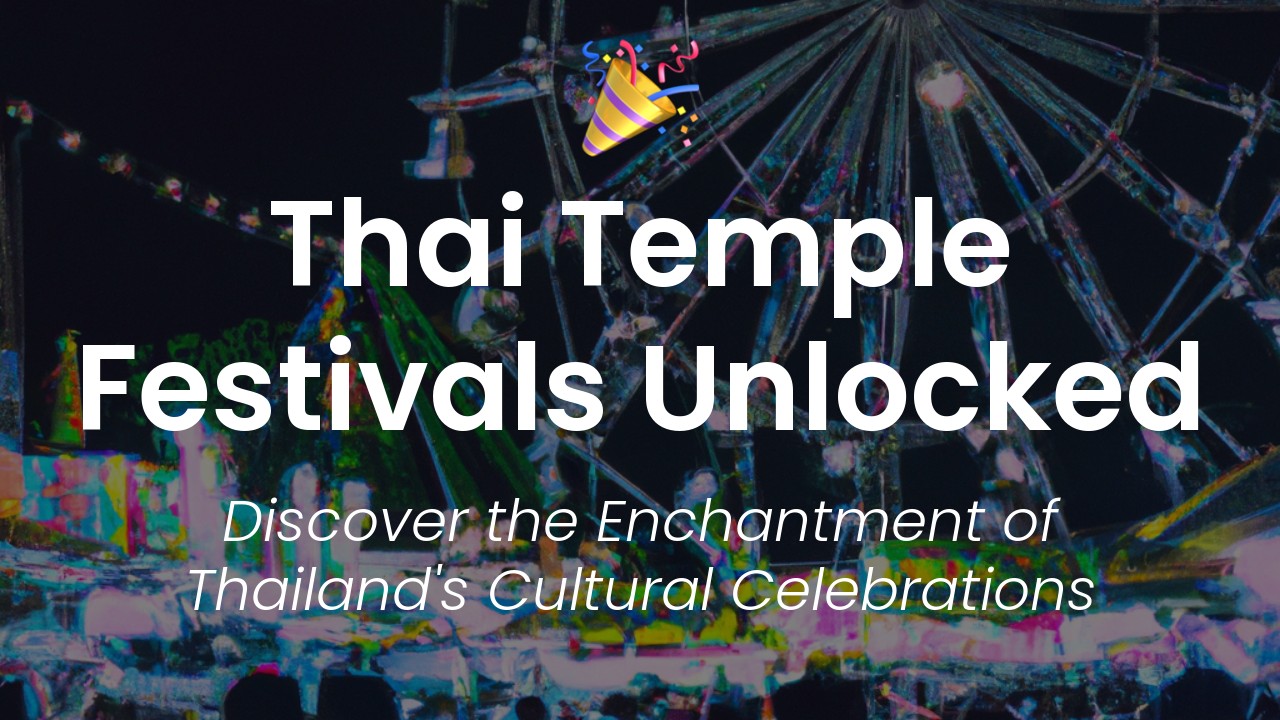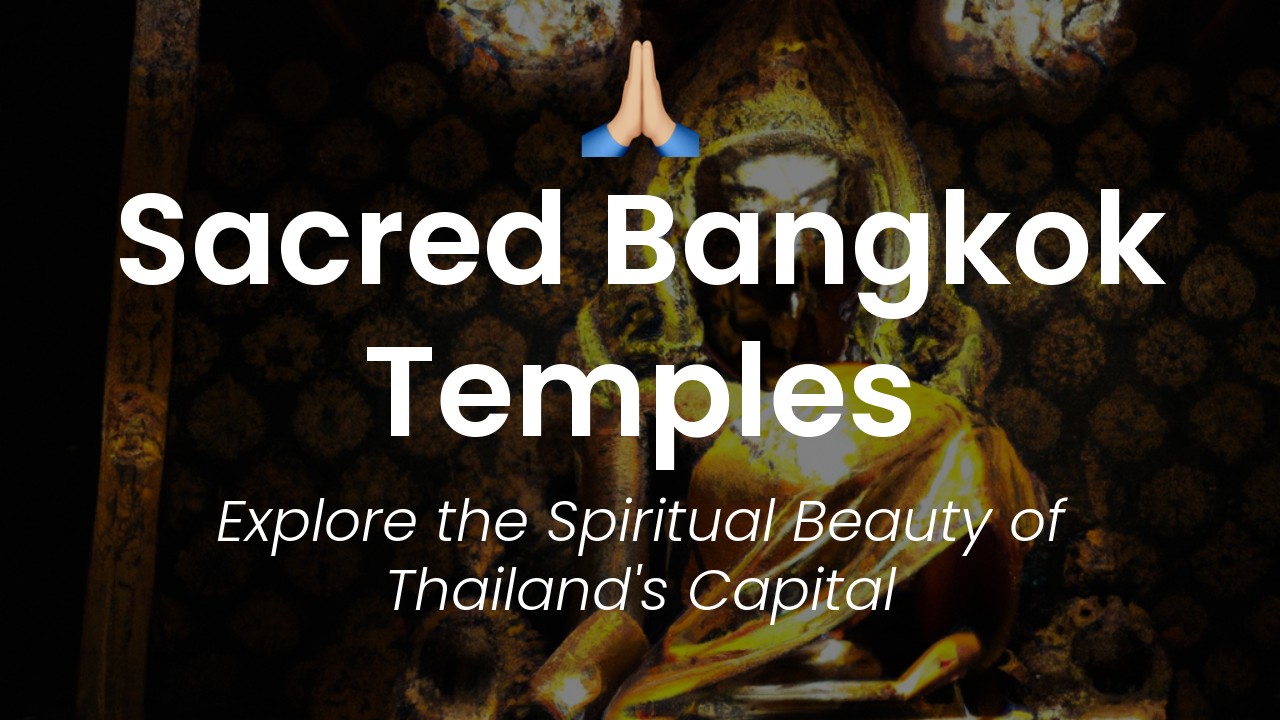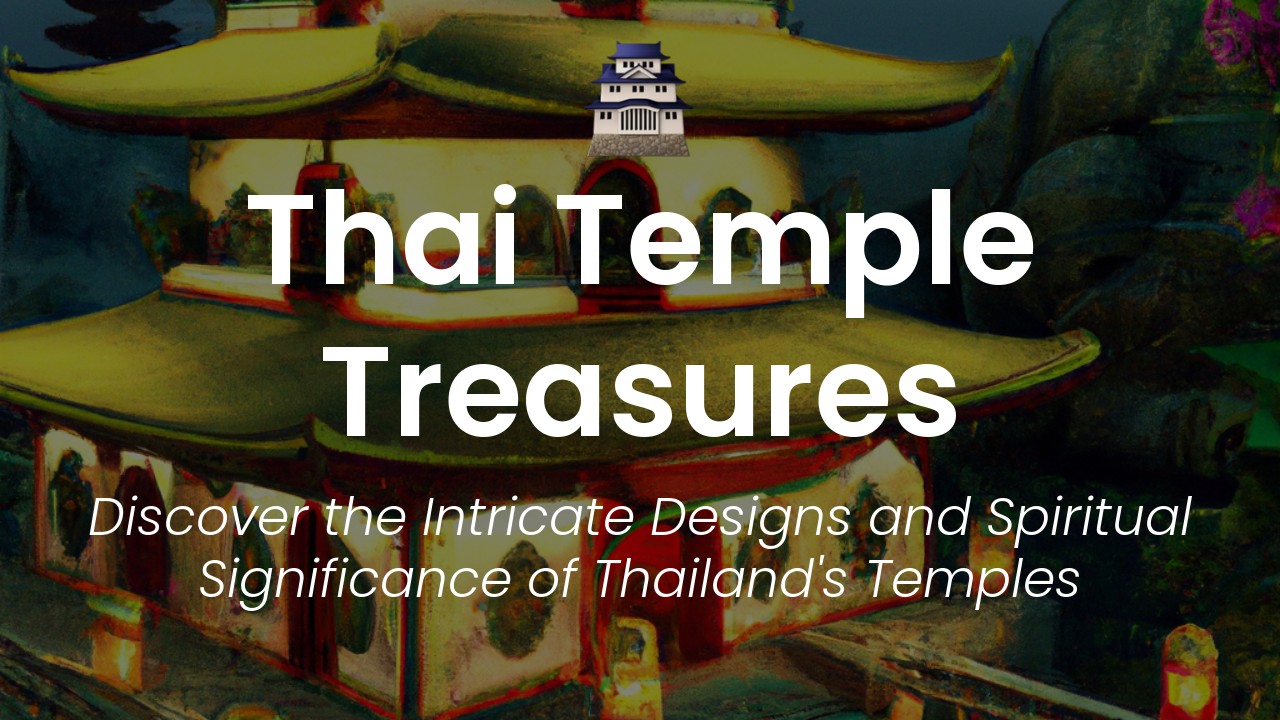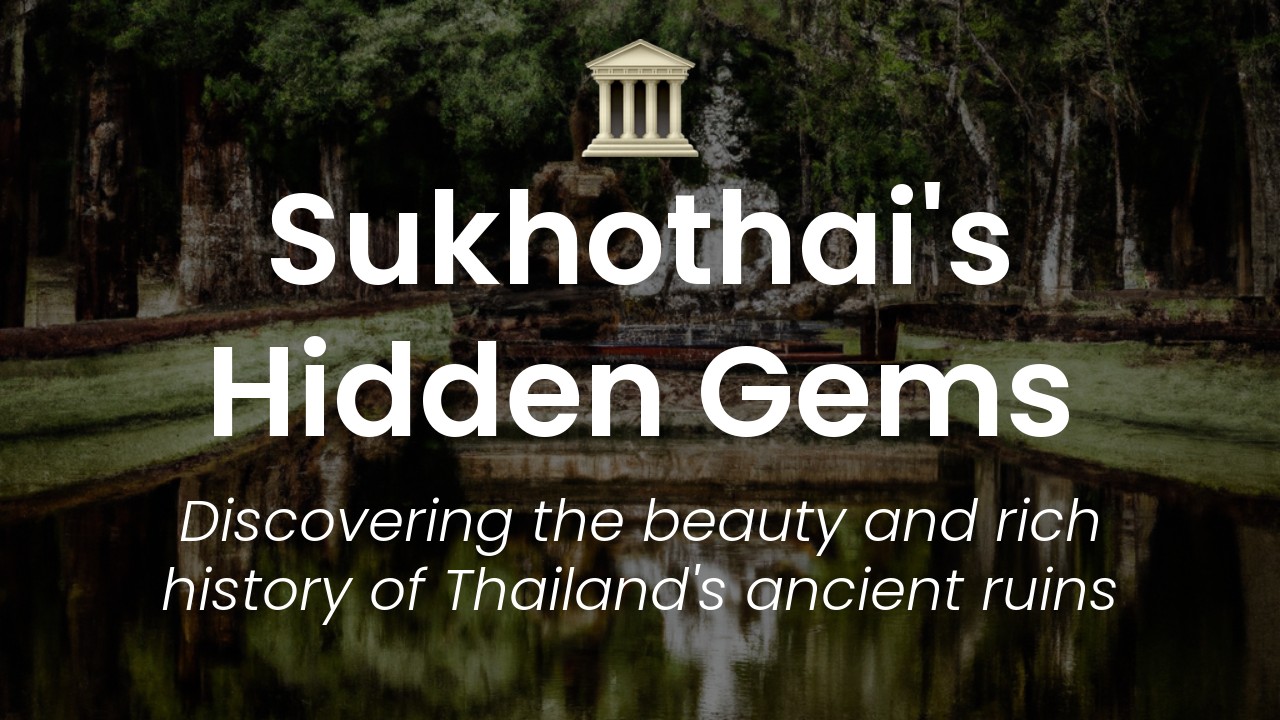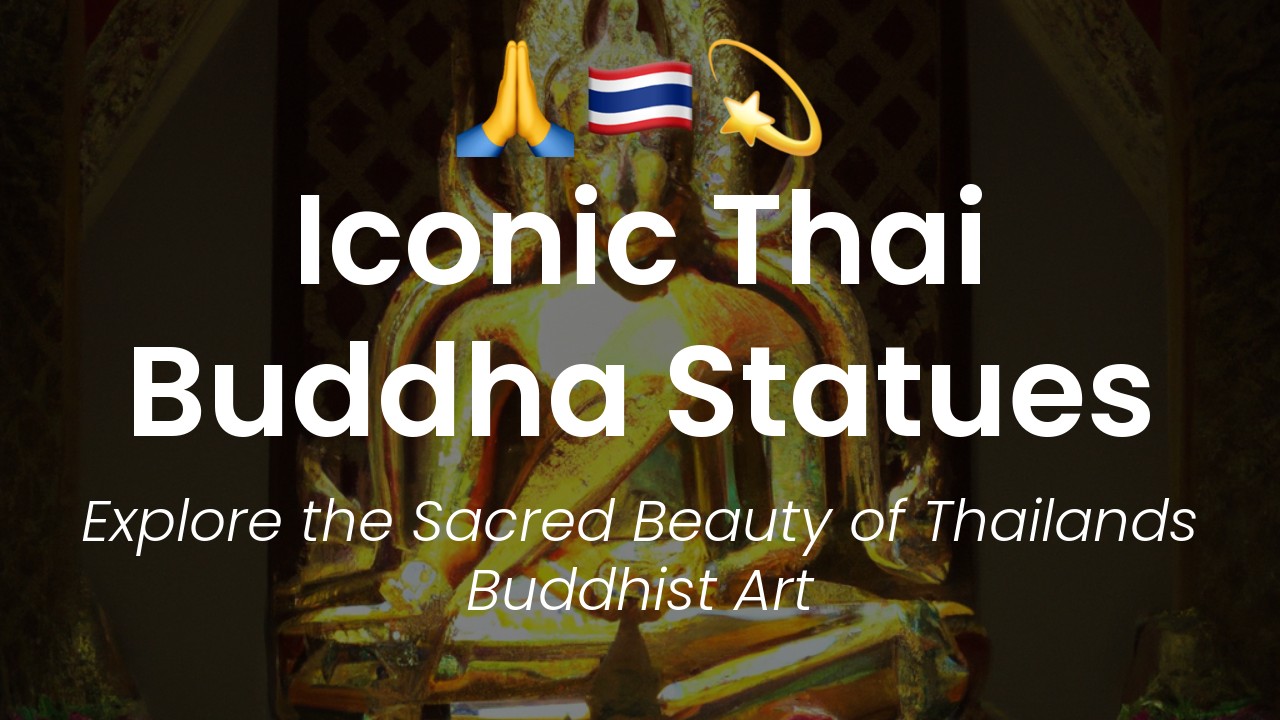As a Thai woman born and raised in Chiang Mai, I have always had a deep fascination with the countless temples that dot my hometown. These stunning structures, with their elaborate carvings, stunning architecture, and ornate decorations, represent some of the most treasured cultural and religious artifacts in Thailand.
But beyond their aesthetic appeal, the temples of Chiang Mai also have a powerful spiritual significance for both locals and visitors. To truly appreciate these towering structures, it is essential to understand the deeper meaning behind them and the rituals that take place within their walls.
In this article, I’ll take you on a journey through some of the most awe-inspiring temples in Chiang Mai, exploring the history and spiritual significance behind each one. From the famous Wat Phra Singh to the lesser-known Wat Suan Dok, we’ll delve into the fascinating stories and traditions that have been passed down through generations of Thai people. Whether you’re a spiritual seeker or just a curious traveler, the temples of Chiang Mai are sure to leave a lasting impression.
Temples as a Reflection of Thai Culture
First, it's important to understand the role that temples play in Thai culture. While many tourists visit temples for their beauty and aesthetic appeal, these structures hold deep religious and cultural significance for the Thai people. Thailand is a predominantly Theravada Buddhist country, and temples are not only places of worship but also community centers for ceremonies, festivals, and events. They also serve as schools for novice monks, who learn about Buddhist teachings, meditation, and other important life skills.
Additionally, temples are often a reflection of the culture and history of the region in which they are located. For example, Chiang Mai's temples have a distinct mix of Lanna (northern Thai) and Burmese styles, reflecting the city's rich history as a former capital of the Lanna Kingdom and its close proximity to Burma (modern day Myanmar).
Symbolism in Temple Architecture
One of the most fascinating things about Chiang Mai's temples is the intricate and meaningful architecture. From the towering pagodas to the ornate carvings, every detail serves a purpose and tells a story.
For example, the chedi (or stupa) is a prominent feature in many temples. These bell-shaped structures typically contain relics of the Buddha or other important figures in Buddhist history. Their shape represents the Buddhist cosmology, with the rounded base representing the Earth, the tapered spire representing the spiritual realm, and the umbrella at the top representing the protection of the teachings.
Many temples also feature naga (serpent) sculptures, which are often seen at the base of staircases or guarding the entrances. In Buddhist mythology, nagas are protectors of the teachings and are associated with water and fertility.
Importance of Buddhist Religious Practices
While Chiang Mai's temples are certainly beautiful to look at, it's important to remember that they are also places of worship for the local community. Visitors should be respectful of Buddhist practices and customs when visiting temples.
For example, it is customary to remove one's shoes before entering a temple building. In addition, visitors should dress modestly, with shoulders and knees covered. It is also important to refrain from touching or climbing on any sacred statues or structures.
Visitors may also have the opportunity to participate in Buddhist religious practices, such as offering alms to monks or participating in a meditation session. These experiences can be incredibly meaningful and transformative, and offer a deeper understanding of Buddhist teachings.
Connection to Nature in Temple Grounds
Another unique aspect of Chiang Mai's temples is their connection to nature. Many temples are situated in lush, green settings, surrounded by trees, gardens, and even waterfalls.
This connection to nature is not only visually stunning, but also serves a spiritual purpose. In Buddhist teachings, nature is seen as a manifestation of the divine and a reminder of the impermanence of all things. Visitors can take advantage of the peaceful and serene surroundings by practicing meditation, mindful walking, or simply taking a moment to appreciate the beauty of the natural world.
Unique Temple Experiences
With so many temples to choose from, it can be overwhelming to decide which ones to visit. While some of the most popular temples, such as Wat Phra That Doi Suthep and Wat Chedi Luang, should certainly be on any visitor's list, there are also many lesser-known temples that offer unique and meaningful experiences.
For example, Wat Umong is a forest temple located just outside of the city, which offers a tranquil and peaceful escape from the hustle and bustle of Chiang Mai. Wat Suan Dok is known for its beautiful panoramic views of the city and its unique white chedi. And Wat Phra Singh, located in the heart of the Old City, is home to the iconic Lion Buddha statue and an impressive library of ancient manuscripts.
Conclusion
Chiang Mai's temples are more than just beautiful buildings – they are a reflection of the culture, history, and spirituality of the Thai people. By understanding the deeper meanings behind the temple architecture and participating in Buddhist religious practices, visitors to Chiang Mai can gain a greater appreciation for these awe-inspiring structures. And with so many temples to choose from, there is always something new to discover and explore.

